Recently, I played what I can only describe as a horrible game—full of inaccuracies, poor decisions, and missed chances. Thankfully, I didn’t lose. But more importantly, I learned a lot from it. And that’s what I’d like to share with you.
This article is my attempt to turn that experience into something useful.
It’s not easy to present chess content in a text-based format—especially when trying to highlight practical thought processes and decision-making. But I’ll do my best to make it clear and engaging. If you’re a player looking to improve—or a coach looking for training material—feel free to use this however you like.
How This Will Work
I’ll present a series of positions from the game—key moments where my opponent and I had to make critical decisions. You can pause at each diagram and think through your move. My only suggestion: don’t skip ahead or assume that the next move shown is the “correct” one. It might not be.
Use this as a chance to test your thinking and compare it with what actually happened. You’ll probably do better than I did!
Let’s begin.
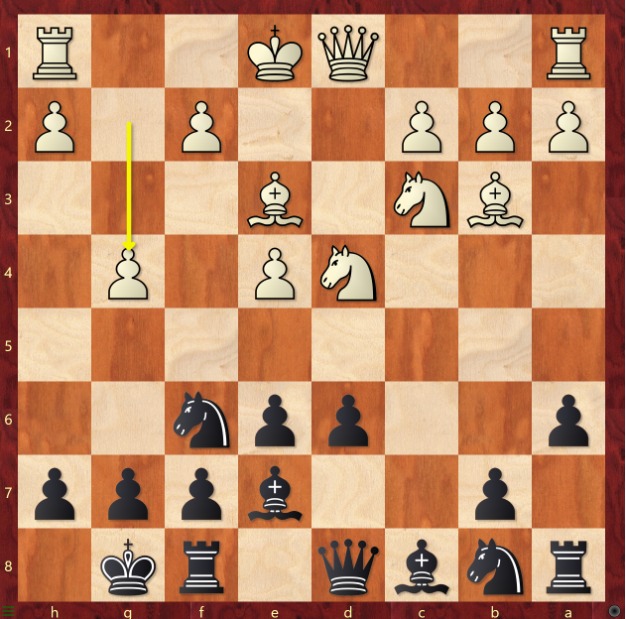
Black to Play- ( Intuitive decision)
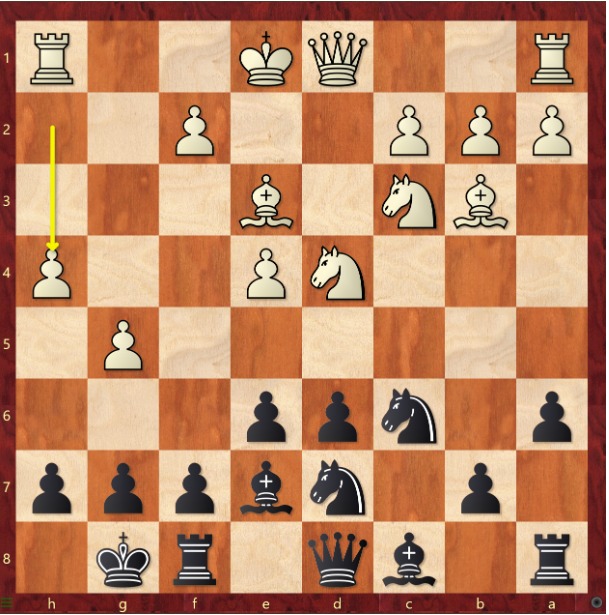
Black to Play
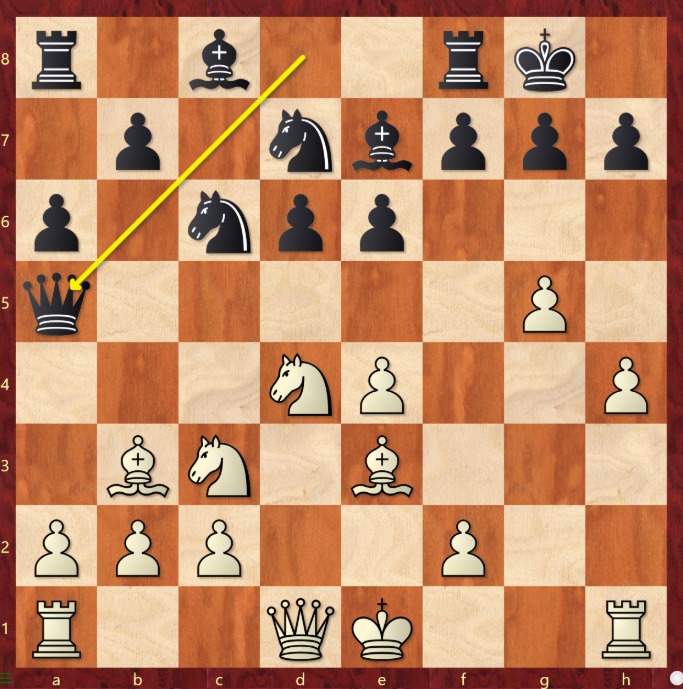
White to Play- ( How should white place his pieces and maybe organise an attack? Also think about black’s plan)
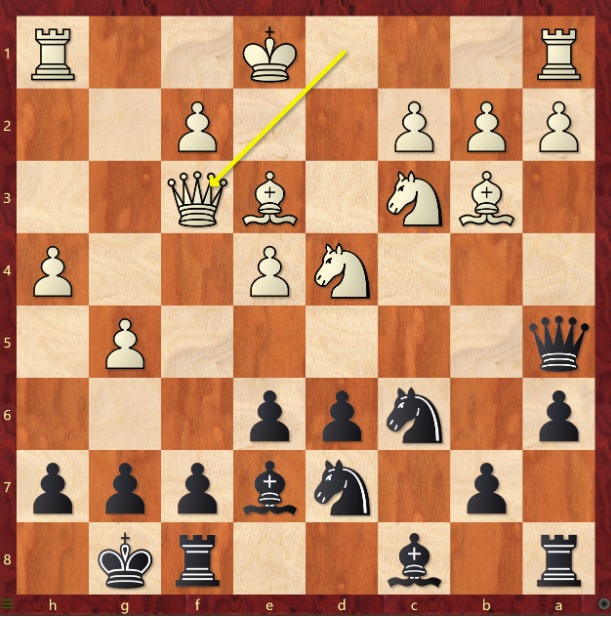
Black to Play
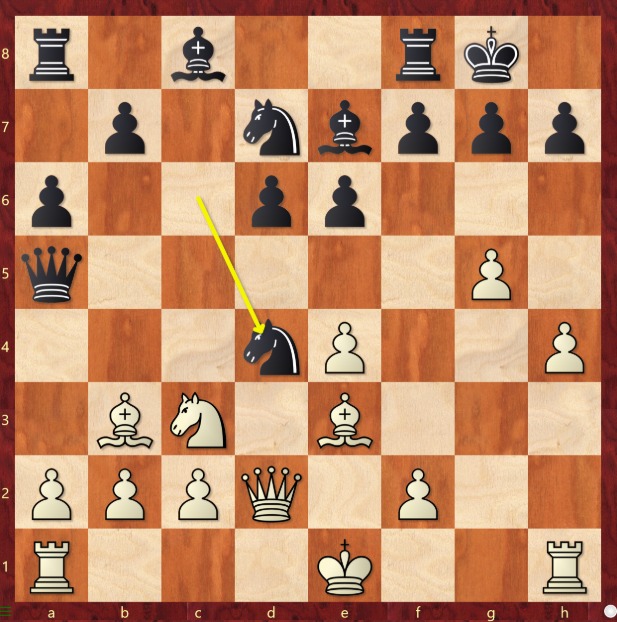
White to play
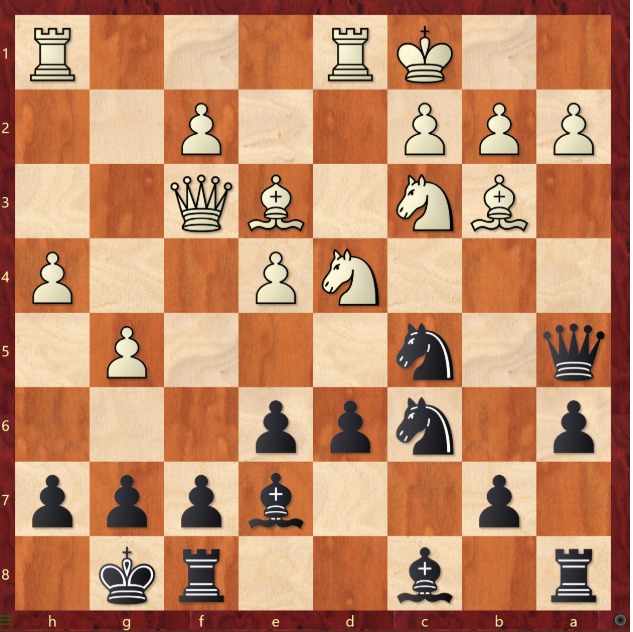
Black to Play

Final Position- White to Play
Conclusion
That brings us to the end of the test positions from this chaotic but valuable game. I hope you took the time to pause and think through each move—these were real decisions made under pressure, and they offer plenty of lessons.
Now, here’s the important part: don’t just check the answers—compare your thought process with mine. In the follow-up post, I’ll walk through what I was thinking during the game, what I actually played, and what should have been played instead. Some moves might surprise you—for better or worse.
👉 Click here for the full solutions and explanations
Whether you agreed with my choices or found stronger ones, I hope this exercise sharpens your decision-making and helps you reflect on your own games, too.
Thanks for reading—and learning alongside me.
Leave a Reply